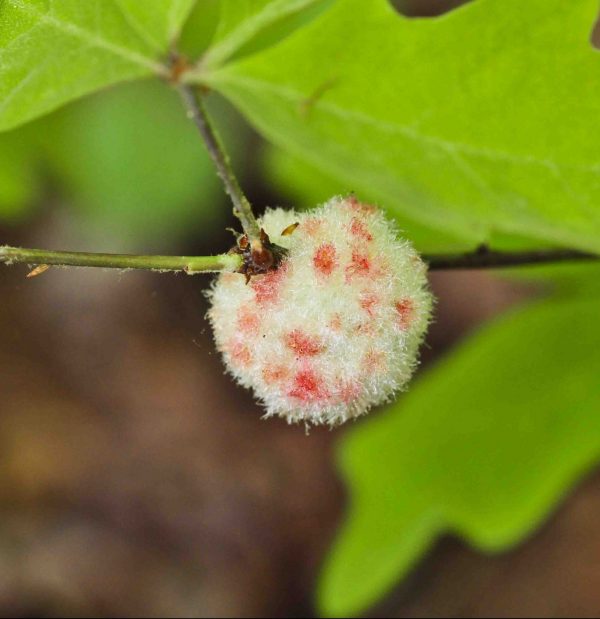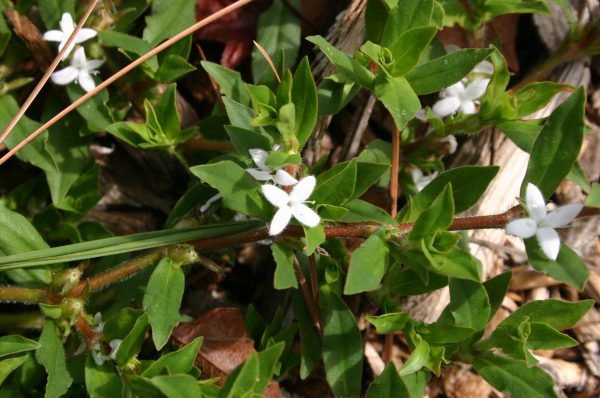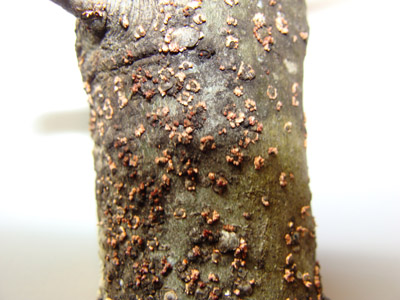Coneflower – Odd-looking Flowers (Phytoplasma)
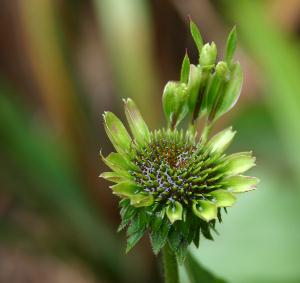
For whatever reason, homeowners in 2004 noticed many more instances of “odd” coneflowers than in previous years. The most common description is that the central “cone” of the flower is misshapen or that it has tiny flower growing from it. Some noticed that the petals of the flower (technically called rays) have turned green rather than purple or white.
The cause of these problems is aster yellows phytoplasma. A phytoplasma is a bacterium-like organism that is spread from plant to plant by planthoppers and leafhoppers.
Gardeners recognize planthopper by the white, waxy, powdery residue they leave on vertical plant stems of hosta, aster, azalea and black-eyed Susan.
The best course of action is to immediately remove affected plants. Otherwise they will serve as a source of infection in coming years.
Although planthoppers and leafhoppers are not terribly damaging to individual plants, by carrying the phytoplasma from plant to plant they can be harmful. If you have coneflowers it might be best to kill planthoppers with garden insecticide as you see them.
See also Aster Yellows information.

Green petals on coneflower
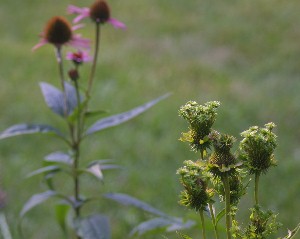
Tiny flowers emerging from coneflower
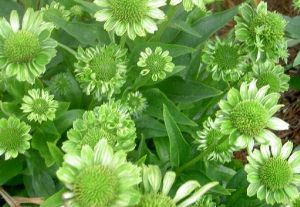
Distorted flowers on coneflower
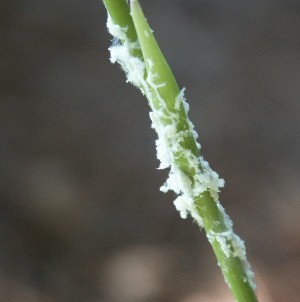
Planthoppers







